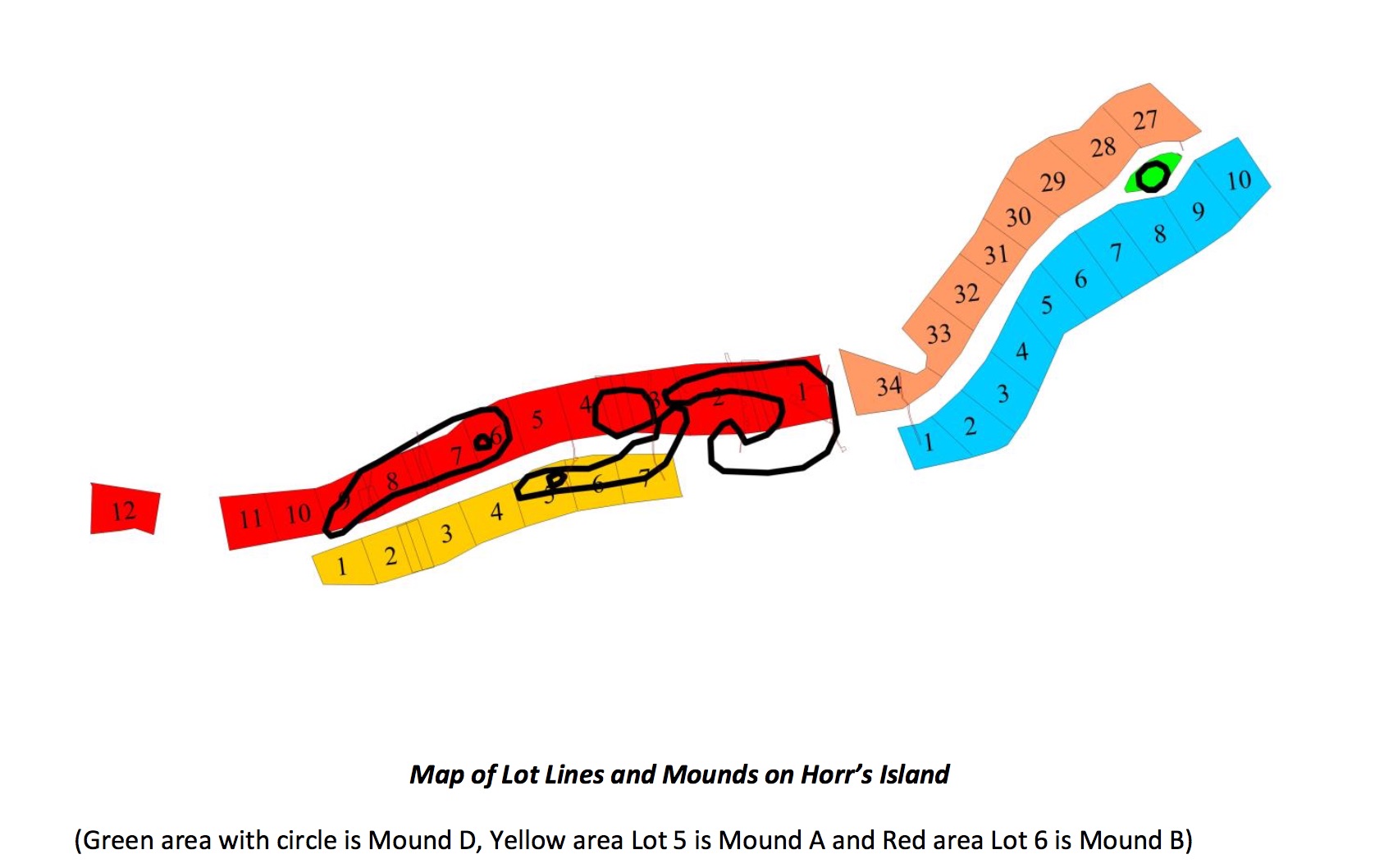Florida's Ancient People

Videos
Seminole Indian Life & Culture (1952)
Horr's Island:
Horr's Island is the site of the oldest coastal human habitation in the southeastern U.S. dating back to somewhere between 4,700 and 6,700 years. It is perhaps only rivaled in age by the Little Salt Springs habitation discovered near North Port on a ledge beneath the waters of one of Florida's largest salt springs which may be as old as 12,000 years of age. These are the earliest people - called "archaic" or "amerinds" - to be found in the continental United States. They pre-date the ancient Calusa people of Southwest Florida by centuries (see timeline below).
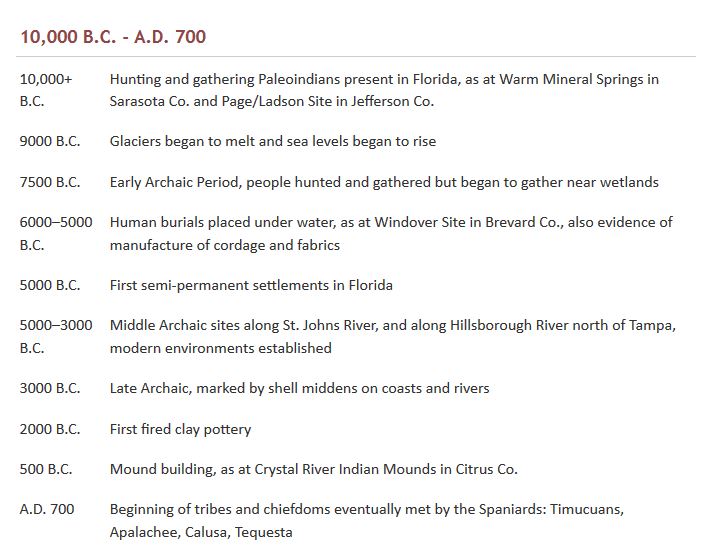
The presence of an archaic people in modern day Collier County Florida was documented in 1991 by the archaeological research of Dr. Michael Russo of the University of Florida in his doctoral dissertation entitled "Archaic Sendentism on the Florida Coast: A Case Study from Horr's Island."
Dr. Russo's research focused upon what are called "shell rings"which are ancient human shell artifacts that were created all along the present coasts of South Carolina, Georgia, Florida and Mississippi.
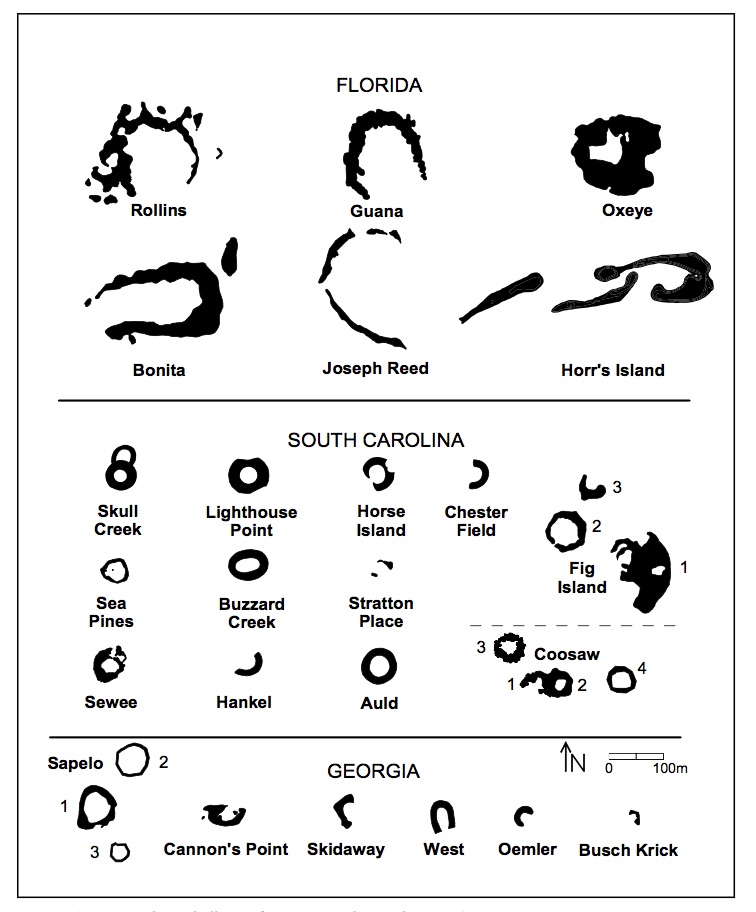
In Florida eight shell ring sites have been identified (Buck Bayou, Meig's Pasture, Rollins, Guana, Oxeye, Bonita, Joseph Reed and Horr's Island sites). More than a dozen other sites have been explored in South Carolina, six more in Georgia and two in Mississippi. Florida also has significant other shell mound formations along the Gulf Coast to include the Lower Suwannee mounds that are virtually as old as the shell rings found further South along the Florida coast.
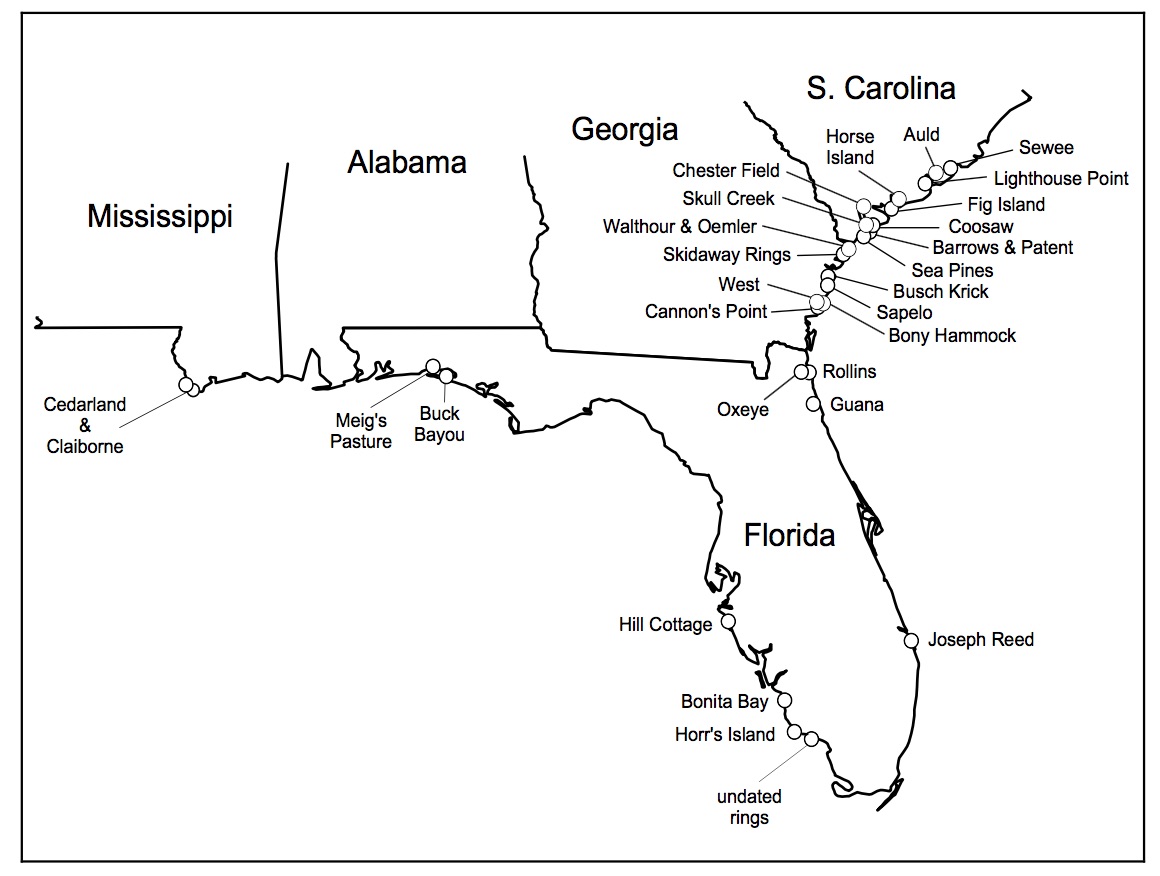
Three Florida shell ring formations are situated in Southwest Florida: Horr's Island, Mound Key in Estero Bay and Historic Spainish Point (the Hill Cottage shell ring) in Ospery, Florida.
Mound key is open to the public to visit and is the best known of the Southwest Florida's archaeological resources. A map of Mound Key appears below.
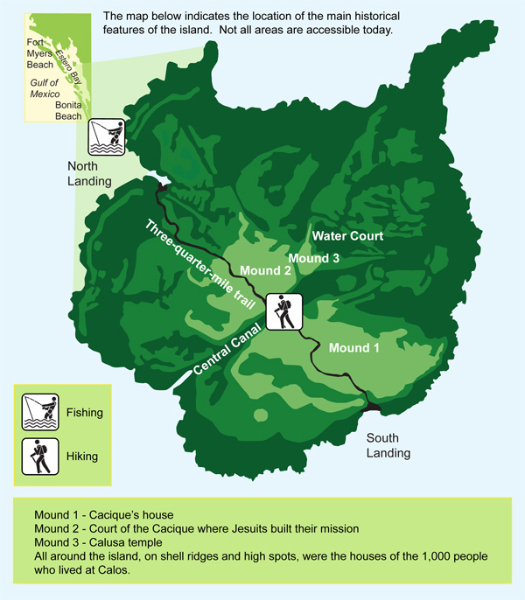
Mound Key is quite a bit "younger" than the Horr's Island shell circle and mounds having been created by the Calusa people some 2,000 years ago as compared to the Horr's Island encampments that date back 4,700 to 6,700 years. The Calusa continued occupation in Southwest Florida through the Mississippian Period when they encountered the first European settlers in Florida and were ultimately decimated by disease and warfare until the last of the Calusa left for Cuba. Here is a set of videos of Mound Key beginning with a drone "fly-over" and a field study site visit from FGCU's Alison Elgart.
In 1877 a Captain John Horr created a plantation on what is now called Horr's Island. Here is a video clip of his home site.
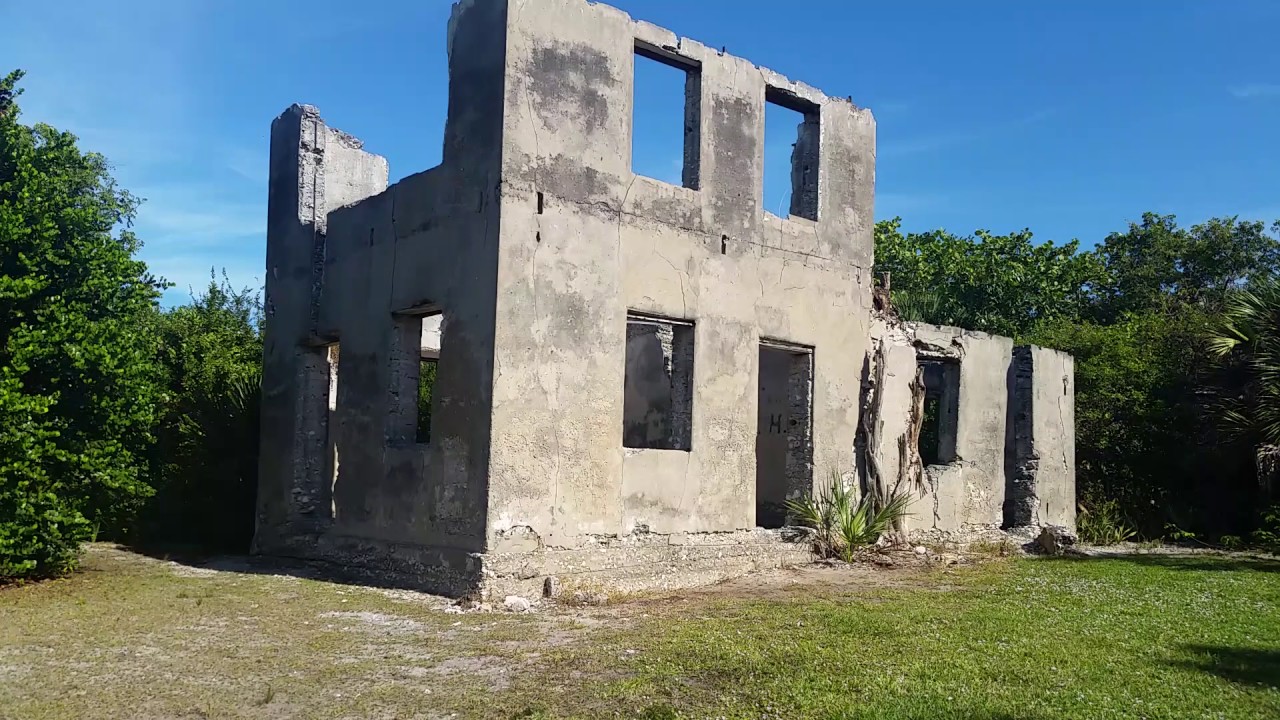
During the era of the Calusa Florida was settled by numerous other native tribes to include a number of tribes such as the Tequestas and (inland) the Mayami's near modern Dade County, the Matecumbe of the Florida Keys, the Jeaga and Ais tribes in today's Palm Beach and Broward Counties, the Tocobago of Tampa Bay, the Ocale of Central Florida, the Potano, Timuca, Guale and Apalachee of North Florida and the Pensacola of West Florida.
The people who preceded the Calusa and other later Amerinds in Florida were known as the Muspa or Muspa Culture - an archaic people known for building platforms near the water upon which they lived and harvested the marine resources surrounding them. These people were alternately called "pole dwellers" or "platform dwellers " for the numerous poles they sunk into the ground to anchor their platform homes. Horr's Island and its shell ring are the products of these people over several thousand years of ongoing occupation.
A map of Horr's Island appears below. This map was created incoporating home lot boundaries since the Horr's Isalnd site in now situated with Key Marco - a private residential community situated within Marco Island Florida. Marco Island itself consists of countless extensive shell mounds some of which reach 40 feet above sea level. Similar mounds are found on Estero Island (Fort Myers Beach) and Pine Island. These mounds were created by the ancient Calusa people that settled the area some 2,000 years after the original archaic people of the region.
Superimposed upon the Horr's Island map is a drawing of the original shell circle (located within "red" lots 1-4 on the north side of the island and in "yellow" lots 5-7 to the south. Two mounds on the island (both about 4,700 years of age) have protected status within the U.S. National Park Service. These are found in "yellow" lot 5 (Mound A) and in the "green" traffic island on the eastern end of Horr's Island (Mound D) (pictured above). A third mound can be found in the "red" lot 6 - Mound B. For some reason this mound was not given protected status despite the fact that it is a burial mound dating back some 6,700 years. Mounds A and D have been left relatively undisturbed. Mound B has seemingly been excavated to a degree though it has not been decimated in the way other earlier mounds had been prior to the Russo study in 1991 and subsequent to the incorporation of Key Marco.
